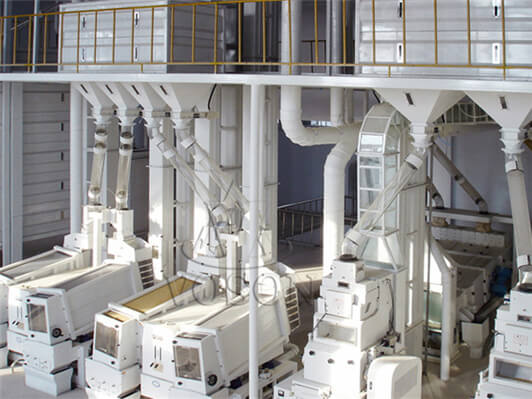Complete Rice Mill Plant: Setting Up and Running Guide
A complete rice mill plant is a comprehensive solution that integrates various processes and machinery to efficiently process paddy into high-quality rice. In this article, we will delve into the details of a complete rice mill plant, its benefits, and the cost considerations involved. Whether you are a budding entrepreneur or an existing rice mill owner looking to upgrade, this guide will provide valuable insights to help you make informed decisions.
Understanding the Components of a Complete Rice Mill Plant:
- Paddy Cleaning and Dehusking:
The first step in the rice milling process is cleaning and dehusking the paddy. This involves removing impurities such as stones, dust, and straw, followed by the removal of the husk. Modern rice mill plants are equipped with advanced cleaning and dehusking machinery that ensure efficient and thorough processing.
- Rice Whitening and Polishing:
Once the paddy is dehusked, the next step is to whiten and polish the rice grains. Whitening removes the outer bran layer, while polishing enhances the appearance and texture of the rice. High-quality rice mill plants feature state-of-the-art whitening and polishing machines that deliver uniform and premium-grade rice.
- Sorting and Grading:
To ensure uniformity and quality, rice grains need to be sorted and graded based on size, shape, and color. Advanced rice mill plants incorporate sorting and grading machines that use advanced technology to accurately classify the rice grains, eliminating defective or substandard ones.
- Packaging and Storage:
After the rice is processed, it needs to be properly packaged and stored to maintain its freshness and quality. Modern rice mill plants offer automated packaging solutions that ensure efficient packaging in various quantities, catering to both retail and wholesale requirements. Additionally, proper storage facilities with controlled temperature and humidity help preserve the rice for longer durations.
Cost Considerations:
- Machinery and Equipment:
The cost of machinery and equipment constitutes a significant portion of the overall investment in a complete rice mill plant. The prices can vary depending on the capacity, brand, and technological features of the machines. It is essential to carefully research and choose reliable suppliers who offer quality equipment within your budget.
- Infrastructure and Construction:
The setup of a rice mill plant requires suitable infrastructure, including buildings, sheds, and utilities. The cost of acquiring land and constructing or renovating the necessary structures should be considered. Additionally, factors like location, accessibility, and proximity to paddy sources and markets can impact the overall cost.
- Operational Expenses:
Apart from the initial setup cost, it is important to factor in the ongoing operational expenses. This includes costs related to raw materials (paddy procurement), labor, electricity, maintenance, and administrative overheads. Proper financial planning and budgeting for these recurring expenses are crucial for the sustainability of the rice mill plant.
Conclusion:
A complete rice mill plant offers numerous benefits, including enhanced efficiency, higher rice quality, and increased profitability. However, setting up such a plant requires careful planning and consideration of various cost factors. By understanding the components involved and analyzing the expenses, you can make informed decisions and ensure a successful investment in a complete rice mill plant.

